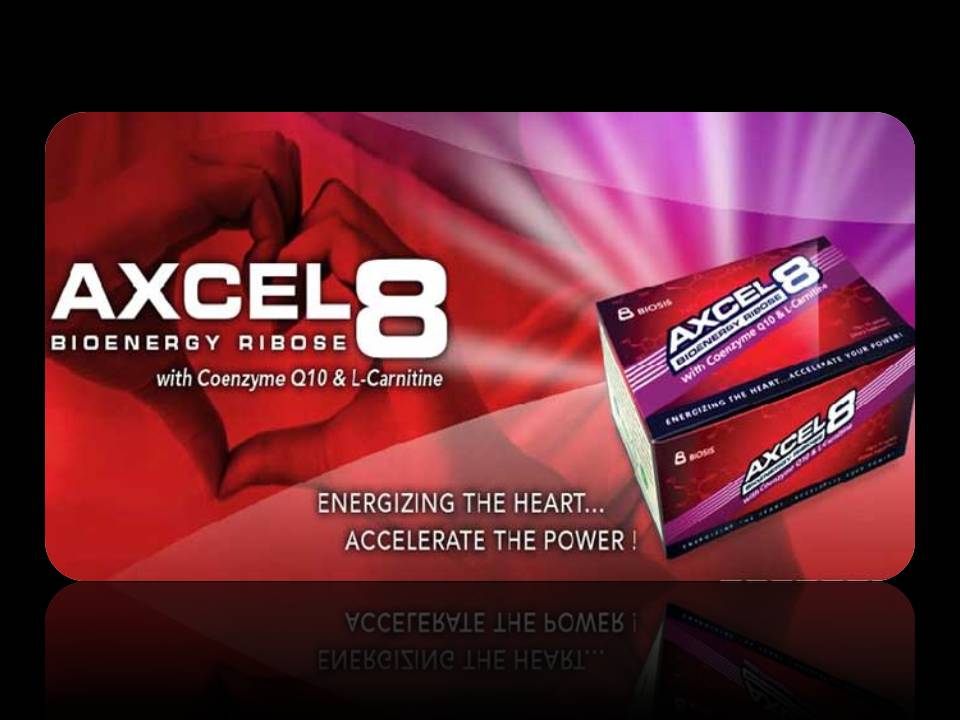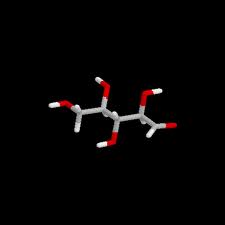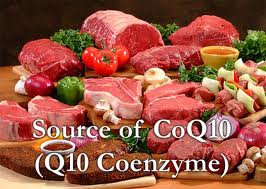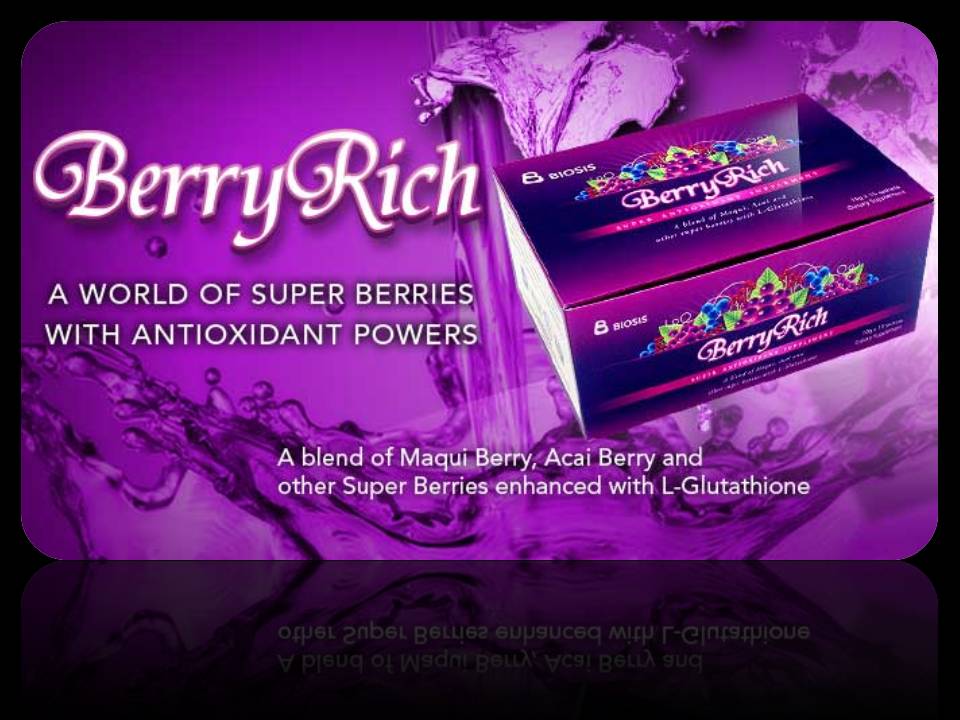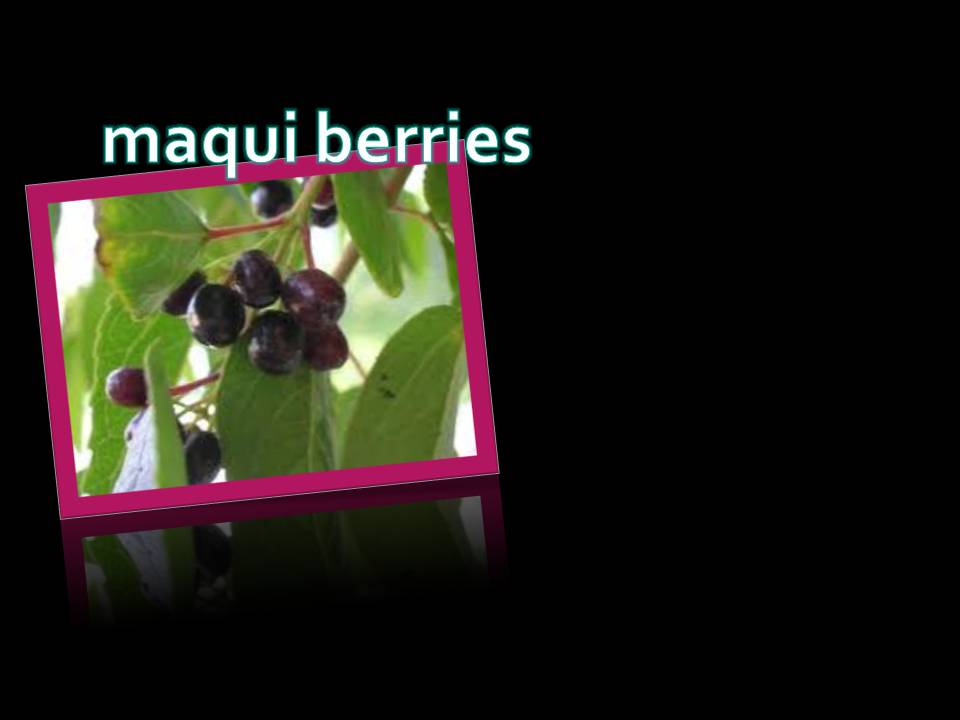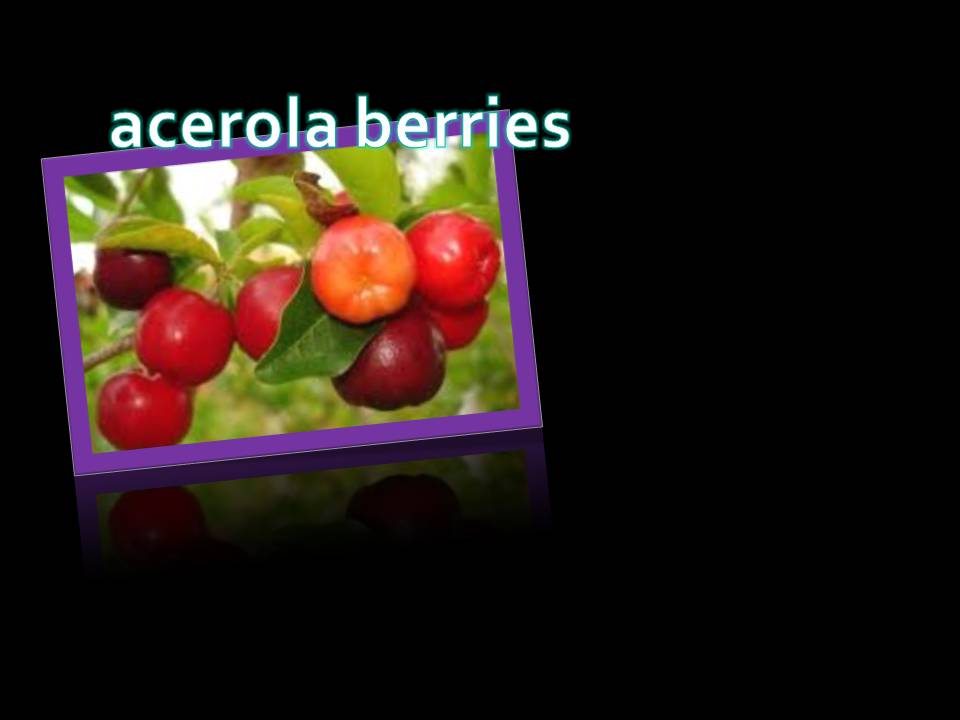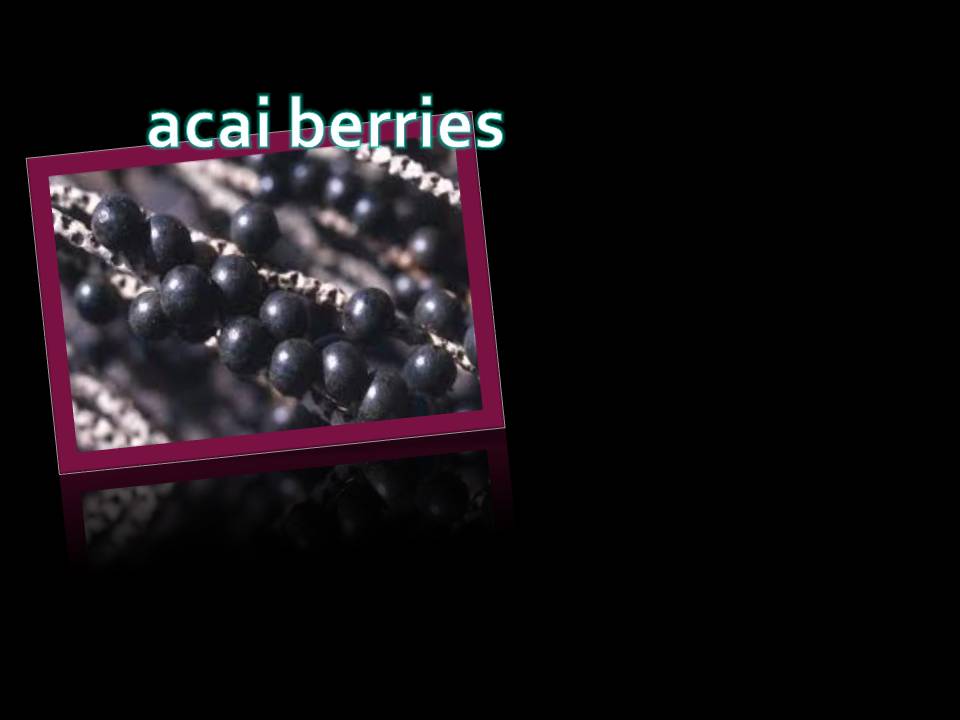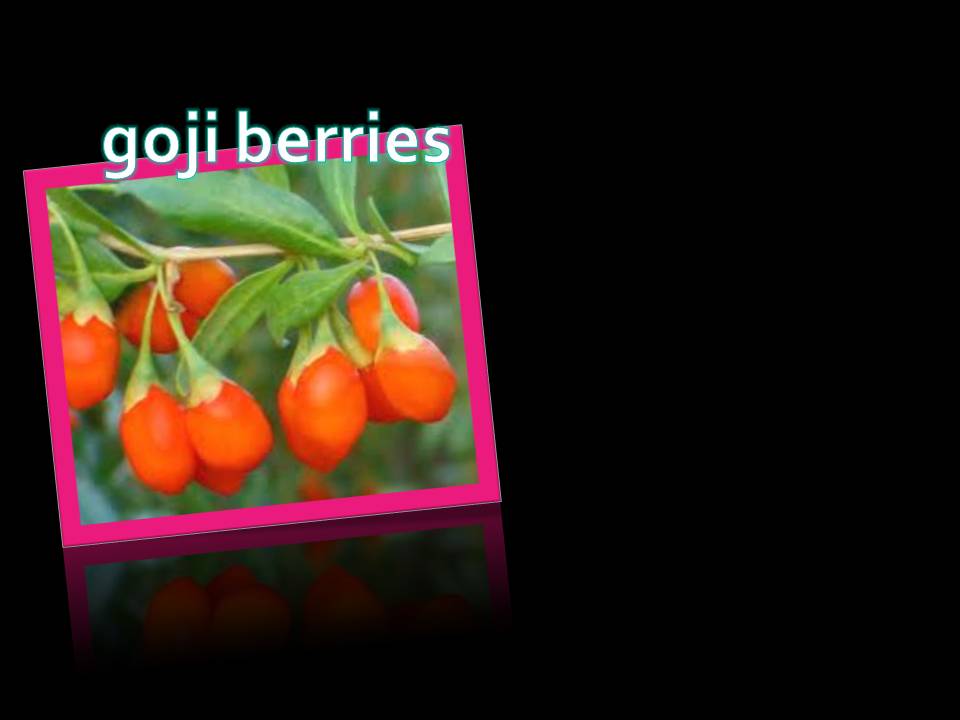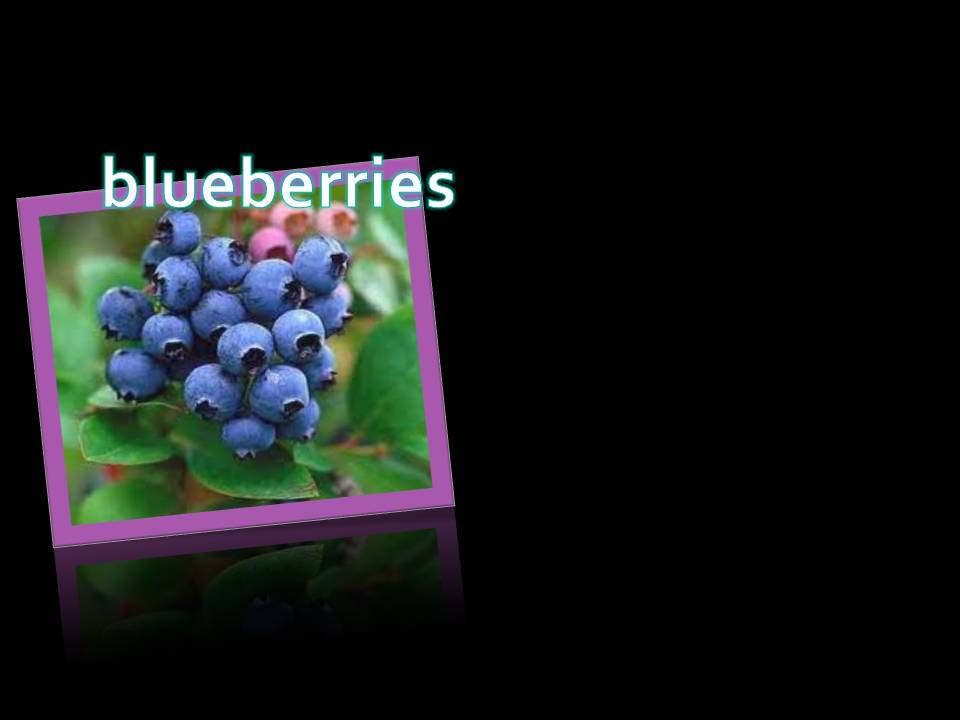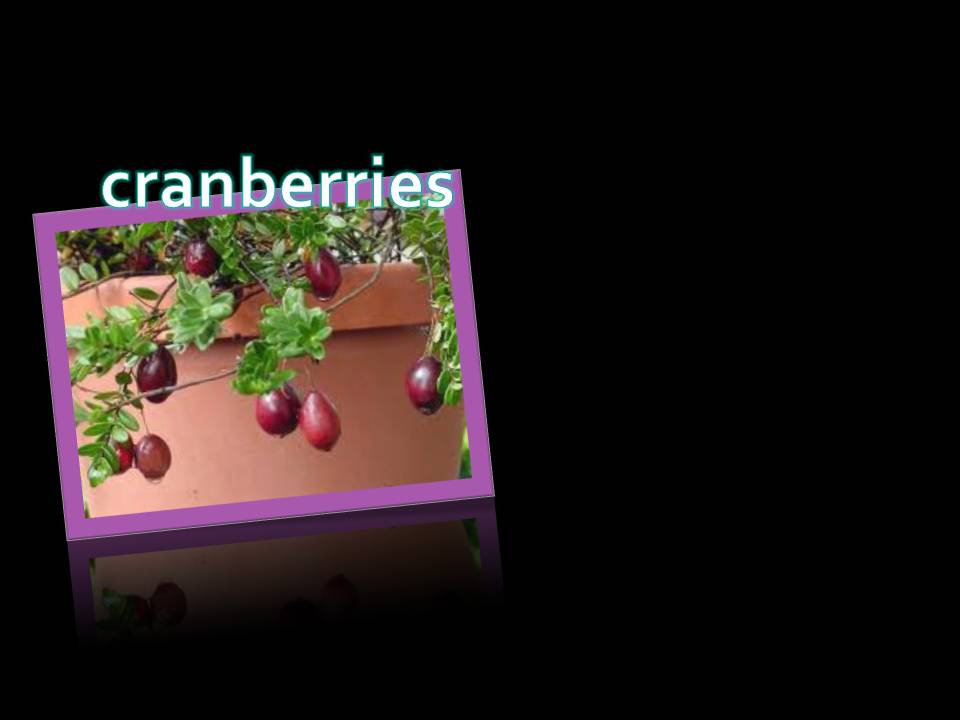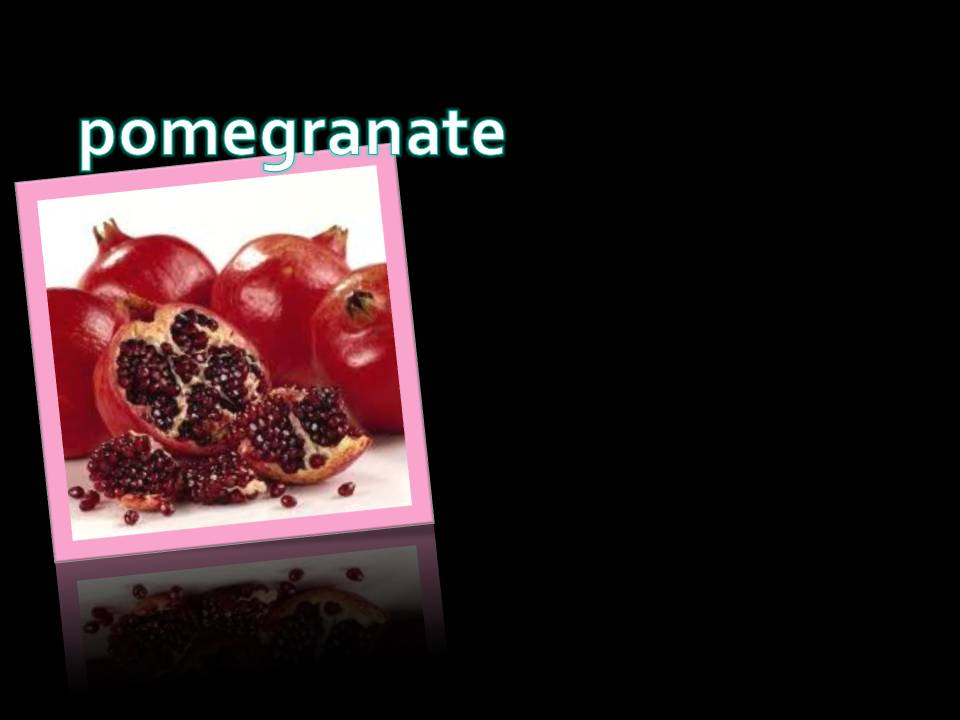Maqui Berries - This berry like the Acai has been used for many centuries by native Mapuche Indians of Patagonia in South America.
- The Maqui berry is high in anthocyanin antioxidants.
- Maqui
berries have a higher ORAC value (750-920 u mole TE/gram) than any
other berries or fruit. Its nearest competitor is the Acai berry.
- The anthocyanins in Maqui berries are believed to reduce inflammation and help to protect cells from oxidative stress.
- Maqui berries are also used to boost strength and stamina and to treat ailments such as sore throat, diarrhea, ulcers and fever.
- These berries are also believed to have an anti-aging, anti-cancer and natural COX-2 inhibiting activities.
Acerola Berries
- Acerola
berries are used in the Caribbean and in South America as an
alternative medicine for strengthening the immune system, fighting
infections and help heal open wounds.
- Acerola have antioxidant
and free radical scavenger properties. It has been suggested that they
also act as an effective antiviral agent.
Acai Berries- The
Acai berry has been consumed by the Amazon Indians for centuries. The
Acai berry has many potent nutritional constituents and the amount of
antioxidants in the berry is high. Altough blueberries are known for
being extremely high in antioxidants, Acai berries have twice the
concentration of antioxidants.
- As the body ages, it suffers
oxidative damage that can lead to conditions such as heart diseases,
diabetes and cancer. It is now recognized that the most effective way to
combat oxidative damage is by consuming high levels of antioxidants in
the diet. Acai contains anthocyanins and flavonoids which are both types
of antioxidants.
- Claims have been made that the Acai berry can
boost energy levels, aid in degestion, improve skin appearance, improve
heart health, detoxify and most commonly aid in weight loss.
Goji Berries- Goji
berries or wolfberries as they are commonly known, have been used in
traditional Chinese medicine for well over 2000 years. Over the last
decade in Western countries, there has been growing recognition of the
high nutritional value and antioxidant qualities of these berries.
- Goji
berries contain zeaxanthin, an important dietary carotenoid selectively
absorbed into the retinal macula lutea where it is thought to have
antioxidant and protective light-filtering properties.
- A
clinical test showed that daily consumption of the berries increased
plasma levels of zeaxanthin. Goji berries contains more than 500 times
more vitamin C than oranges and more betacarotene than carrots. Both of
these nutrients are believed to fight heart disease, help defend the
body against cancers and protect the skin from sun damage.
- These
energy boasting berries are rich in iron, supplying 11mg per 100g of
berry pulp, five times more than the same serving of steak.
Blueberries- Scientists
have demonstrated that the antioxidants contained in Blueberries can
help slow down the ageing process and reduce the risk of cancer.
Blueberries also contain resveratol, another potential anti-cancer
agent. They are one of the richest source of antioxidants.
- Probably
the most nutrient laden part of the blueberry is its skin. The dye
released from the pigments in the skin of the blueberry, called
anthocyanin, is the source of powerful antioxidants that can be used by
the body to fight off everything from cancer to heart disease.
- The anthocyanins in the blueberry also appear to offer protection to neurons in the brain.
Cranberries
- Cranberries
contain significant amounts of flavonoids and polyphenolic compounds
that have been demonstrated to inhibit low density lipoprotein
oxidation. Flavonoids have been demonstrated to function as powerful
antioxidants and may reduce the risk of atherosclerosis.
- Cranberry
juice contains phytochemicals which inhibit the activity of Esherichia
coli; the bacteria most ofter responsible for cystitis.
- The
phytochemicals, condensed tannins or proanthocyanidins, stop the
bacteria sticking to mucosal surface lining the bladder and gut. This
process helps to clear bacteria from the urinary tract.
- The
chemicals in cranberry juice may have this effect on other bacterias
too. Drinking the juice is now being recommended as a way to reduce the
risk of dental decay and stomach ulcers caused by Helicobacter pylori.
The principal active components of cranberries are phytochemicals,
carbohydrates, organic acids, Vitamin C, triterpenoids, catechins and
lectins.
Pomegranate
- The
pomegranate is native to South West Asia and has been cultivated since
ancient times. Pomegranate juice has been used in many traditional
Middle Eastern dishes and drinks while wild pomegranate seeds are
sometimes used as a spice known as anardana.
- Other
phytochemicals found in pomegranate include beta-carotene and
polyphenols catechins, gallocatechins and anthocyanins such as
prodelphinidins, delphinidin, cyanidin and pelargonidin.
- In
preliminary laboratory research and human pilot studies, pomegranate was
shown to reduce heart disease risk factors. It has also been shown to
reduce systolic blood pressure and it may inhibit viral infections and
have antibacterial effects against dental plaque.
- Pomegranate
juice is a good source of Vitamin B5, potassium and antioxidant
polyphenols and it also provides about 16% of an adults daily vitamin C
requirement per 100ml serving.
- The most abundant polyphenols in
pomegranate juice are the hydrolyzable tannins called punicalagins which
have free-radical scavenging properties.
Be Strong, Healthy and Youthful with BerryRich. | BerryRich BerryRich is a nutritional supplement that has a high ORAC (Oxygen Radical Absorbance Capacity) value. ORAC is a method of measuring antioxidant capacities. BerryRich has super antioxidant powers to promote detoxification and general well-being. BerryRich is made with :
|

